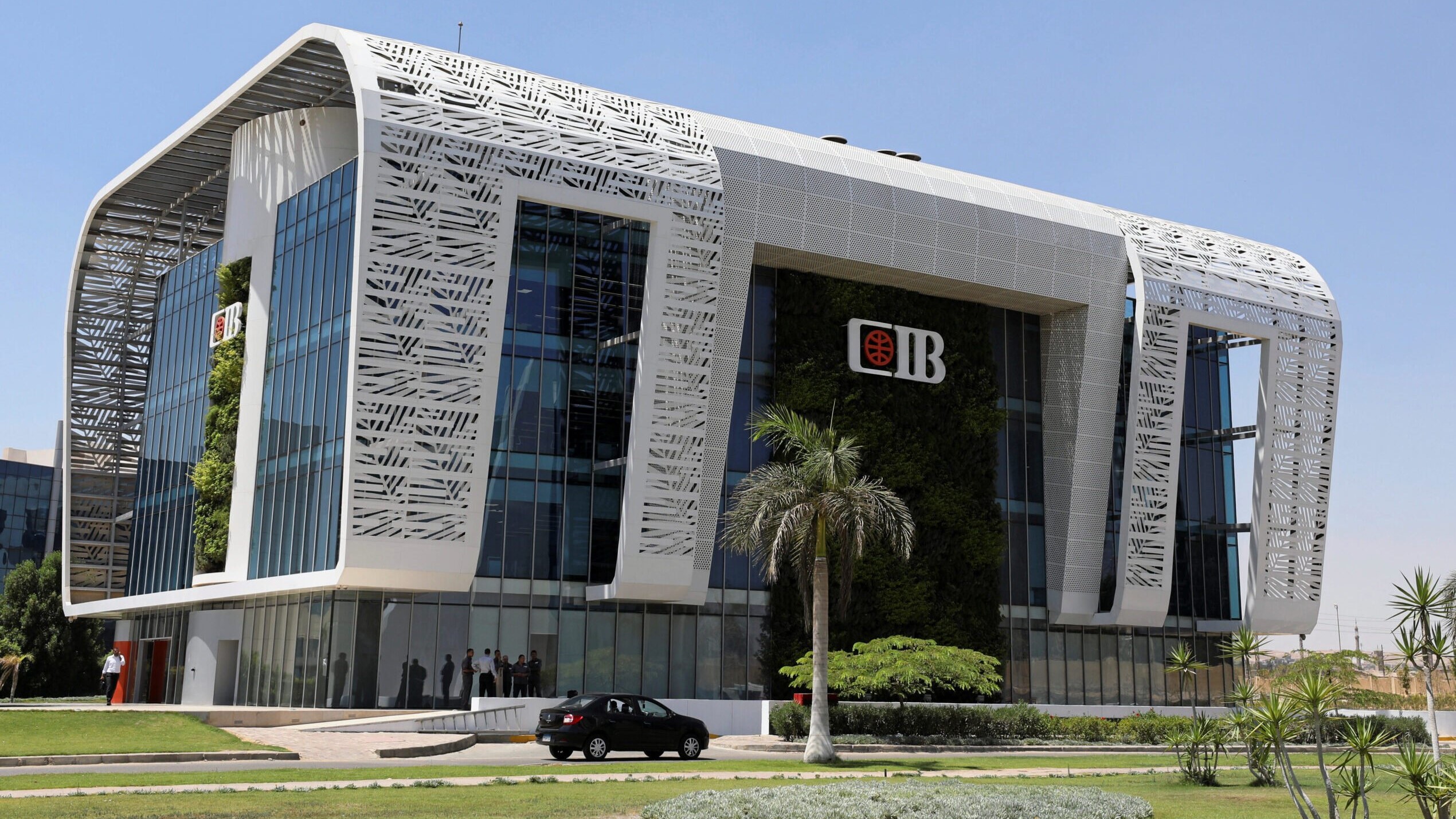The Egyptian Ministry of Electricity is currently in talks with the German company Siemens Gamesa about a large wind power project in the east of the country. The independent power producer (IPP) wants to provide 2 GW for an investment of 2 billion euros.
Siemens Gamesa wants to invest in wind power in Egypt. The German company is in talks with the Egyptian Ministry of Electricity. This is the implementation of a mega wind project that would generate 2 GW of electricity under a BOO (build, own and operate) contract, a form of public-private partnership (PPP). It is expected to be implemented in several phases and will require an investment of €2 billion.
According to Daily News Egypt, negotiations are even about to conclude with an agreement on a power purchase agreement (PPA) between Siemens Gamesa and the Egyptian Electricity Transmission Company (EETC). The Independent Power Producer (IPP) would offer per kWh of electricity between 3.21 and 3.40 Egyptian pounds (between 16 cents and 17 cents). A tariff that would be more advantageous for EETC than some other agreements in the pipeline.
As part of the wind power project carried out by the Engie consortium, Toyota Tsusho Corporation and Orascom Construction, EETC will purchase kWh of electricity at 3.80 Egyptian pounds (over 20 cents). The wind farm under construction in the Gulf of Suez in eastern Egypt will produce 250 MW.
The German company Siemens Gamesa would deploy its project in several stages. The first would produce 180 MW of wind energy in the highly sought-after locality of Ras Ghareb. A consortium composed of the Egyptian company Elsewedy Electric and the Japanese company Marubeni would finance the implementation of the first phase of the project through the Japan International Cooperation Agency (Jica).
Also in the Gulf of Suez, another phase of Siemens Gamesa’s mega wind project is expected to generate 650 MW of electricity. Note: many IPPs concentrate their wind projects in this region of the Pharaoh country, because the winds in this area easily reach 12 km/h. Some have nicknamed the region “Wind Atlas”. Experts estimate that up to 20,000 MW of electricity can be generated by harnessing the wind from the Suez Gulf. But the presence of wind turbines represents a great danger for migratory birds that leave Europe to spend the winter in Africa, in the Great Lakes region.
SOURCE: Afrik 21

Ethiopia has cleared the way for Safaricom to introduce M-Pesa in the market of 110 million people after deciding to include the ...

Egyptian largest private sector bank by assets Commercial International Bank (CIB) is seeking to acquire more banks to strengthen ...

The European Investment Bank and International Solar Alliance have published a study outlining access solutions to overcome key ...

Kenya has been ranked the top country in the world in reducing population with no access to electricity, pointing to the impact ...